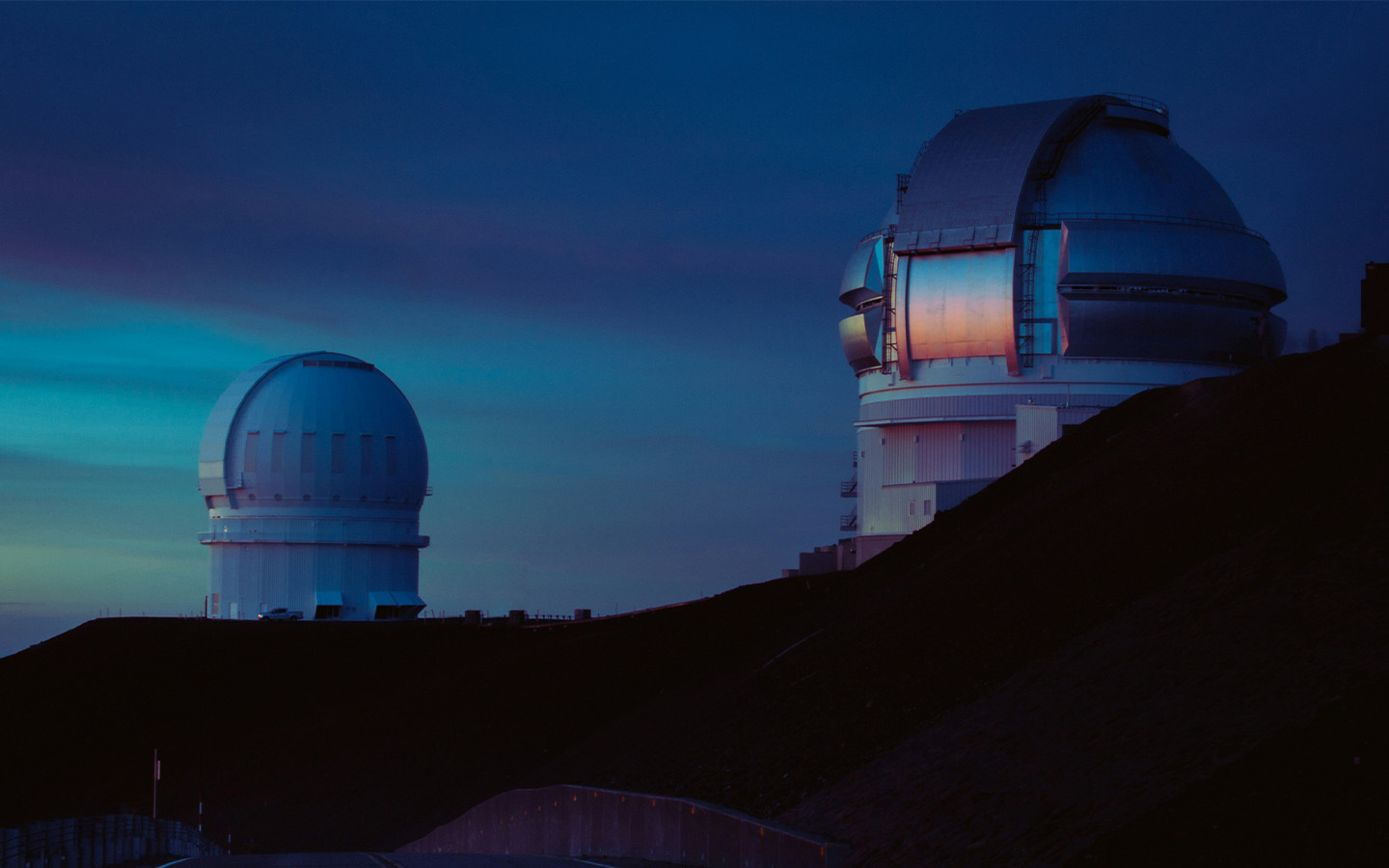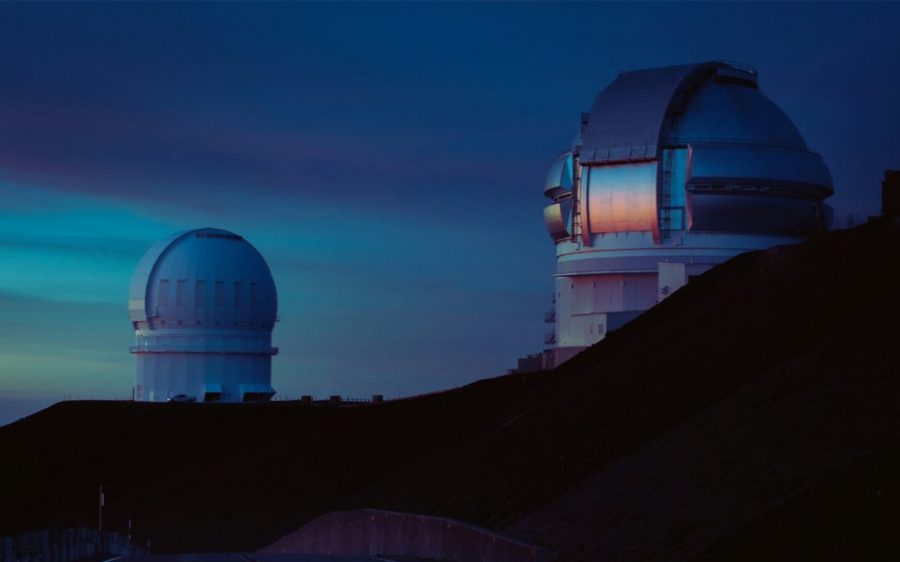Scientists have predicted that the two-star system T Coronae Borealis will next explode sometime between now and September, in an astronomical event that happens about once every 80 years, according to NASA’s website.
The so-called nova explosion will be visible to the naked eye for several days and resemble a bright new star in the sky, NASA said. The system’s last nova explosion took place in 1946.
The event is caused by a thermonuclear reaction between the system’s white dwarf and red giant stars, similar to that of a hydrogen bomb.
[See more: Macao secondary school students honoured for asteroid discovery]
“The stars are close enough that as the red giant becomes unstable from its increasing temperature and pressure and begins ejecting its outer layers, the white dwarf collects that matter onto its surface,” NASA.
“The shallow dense atmosphere of the white dwarf eventually heats enough to cause a runaway thermonuclear reaction – which produces the nova we see from Earth.”
The US space agency advised those interested in witnessing the explosion to familiarise themselves with the constellation Corona Borealis (also known as the Northern Crown), visible as a small arc near the constellations Bootes and Hercules. The temporary new star caused by the reaction will appear there.






